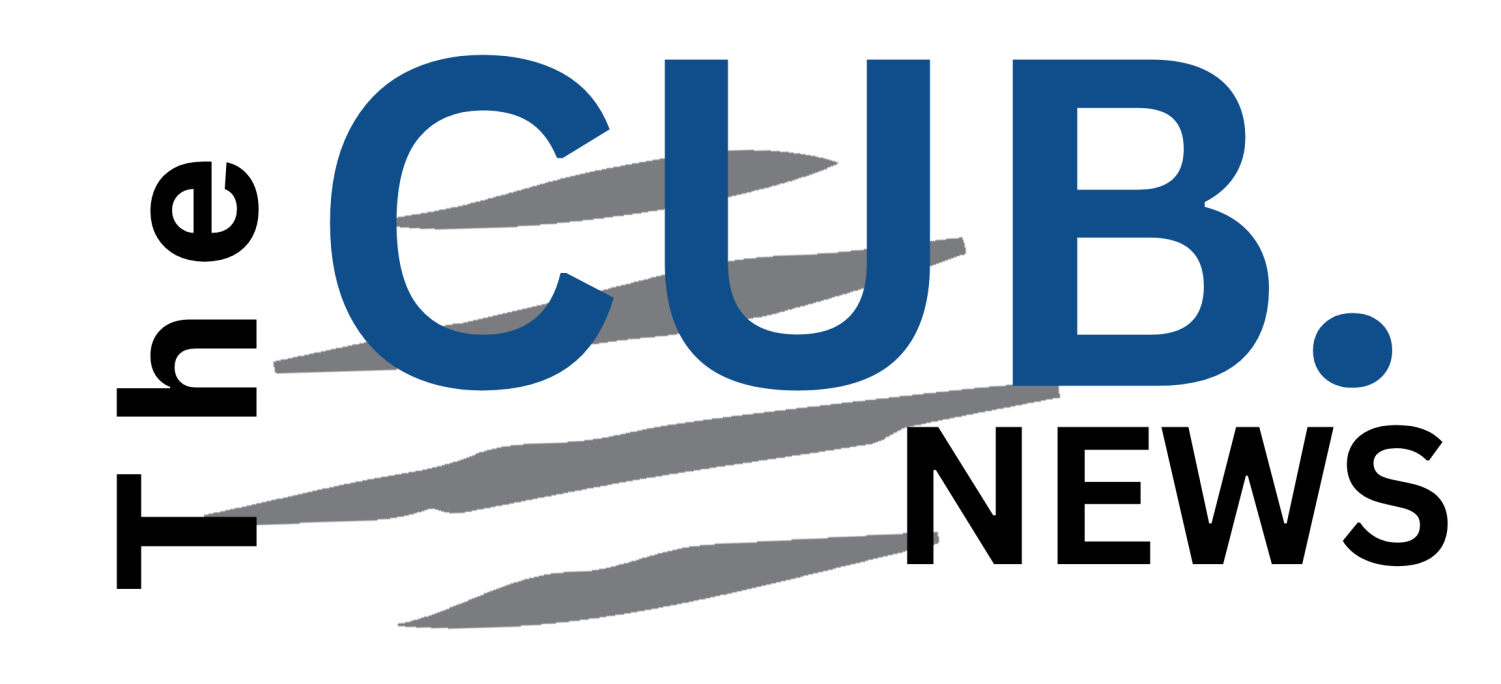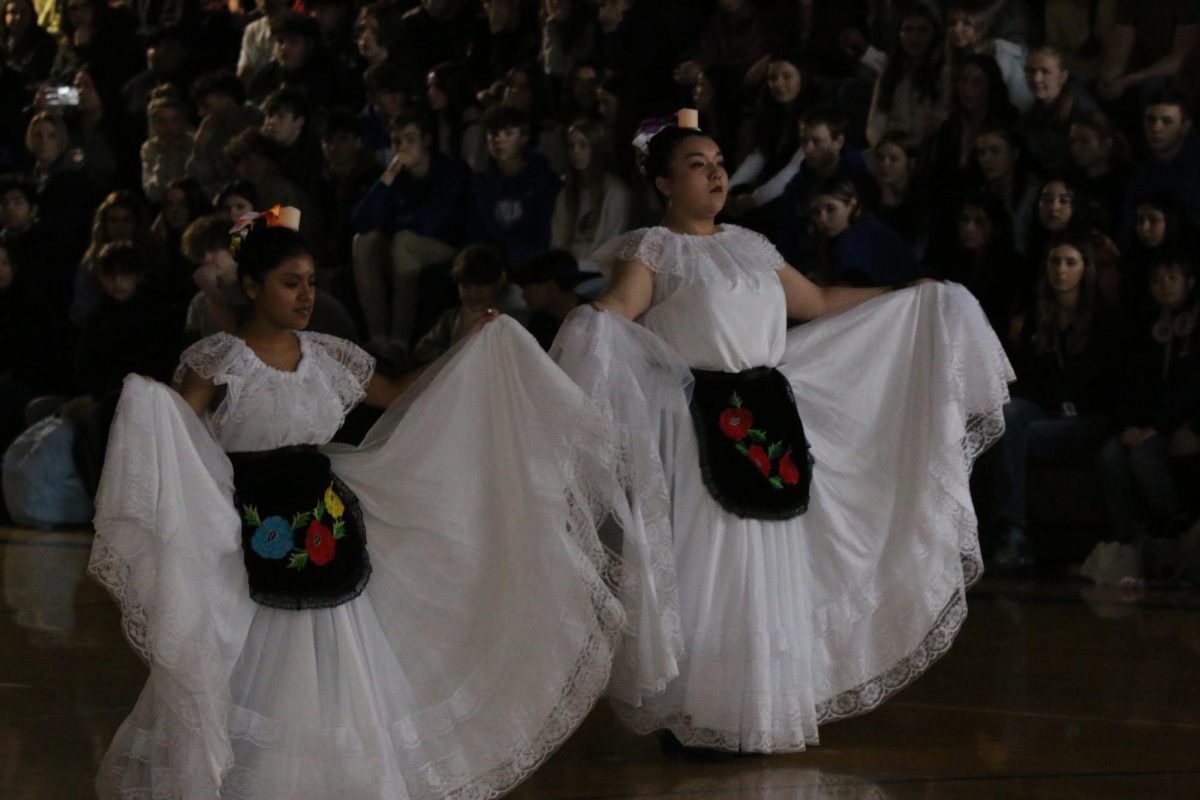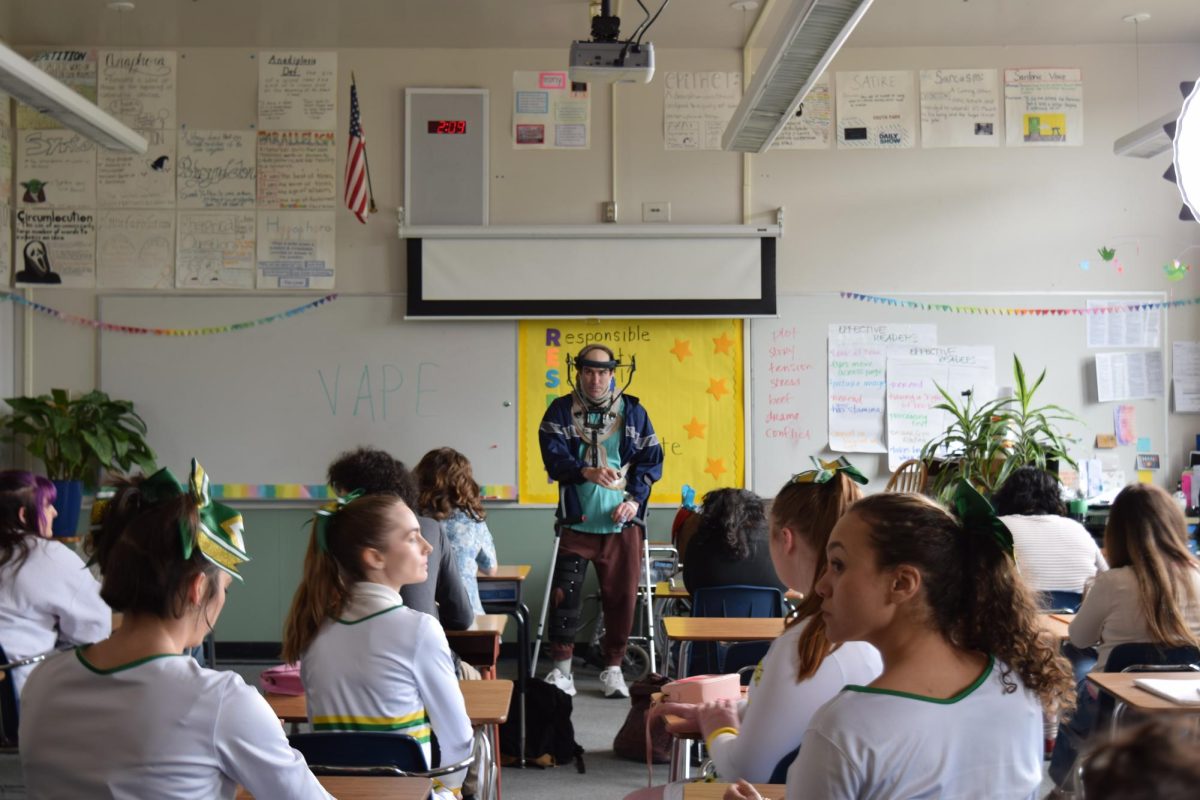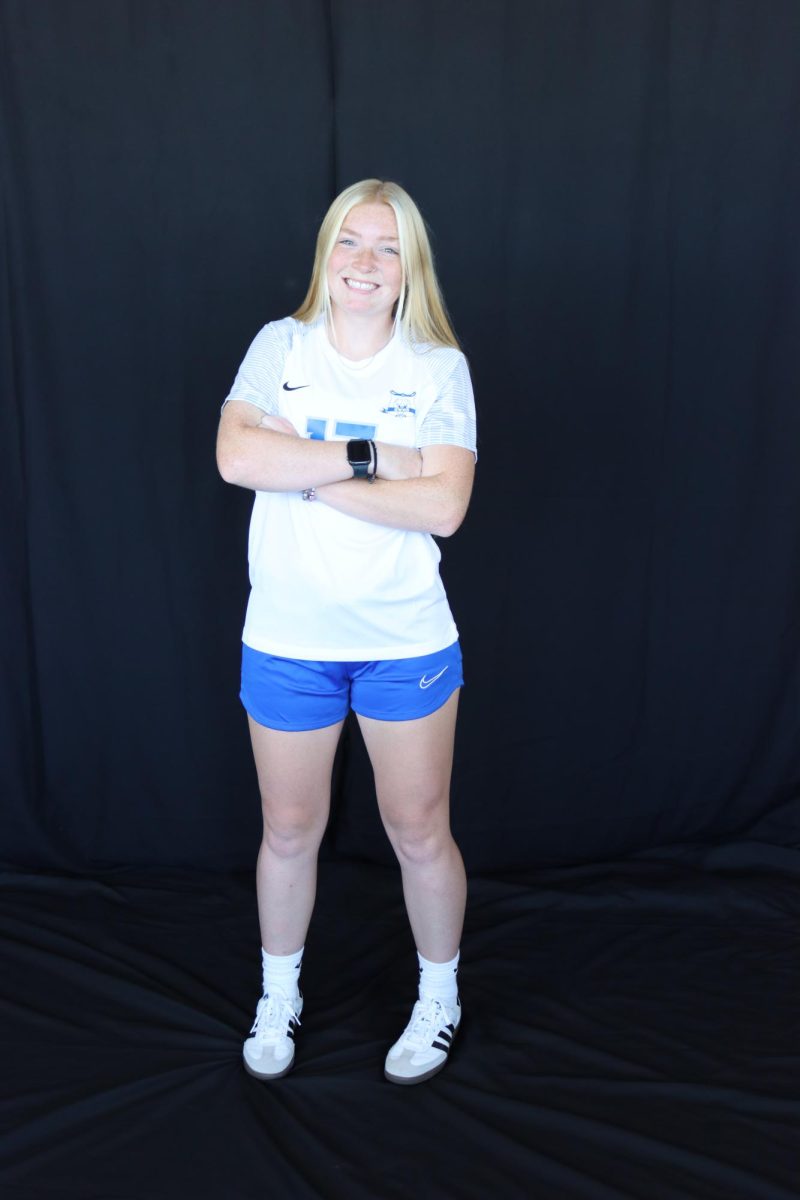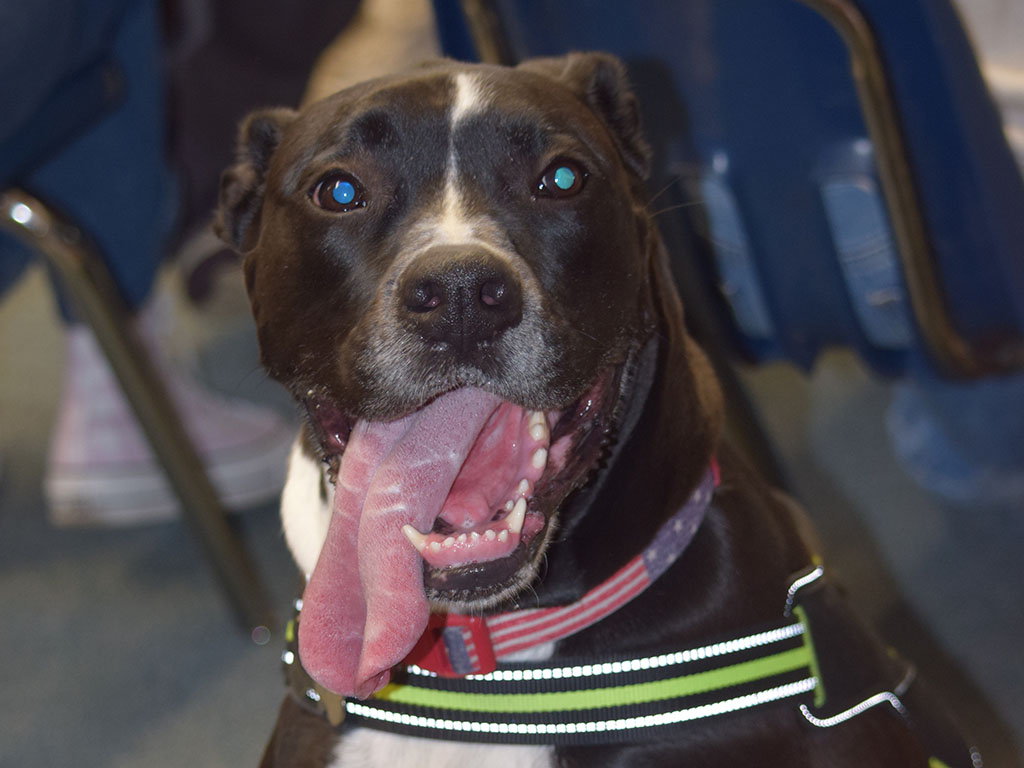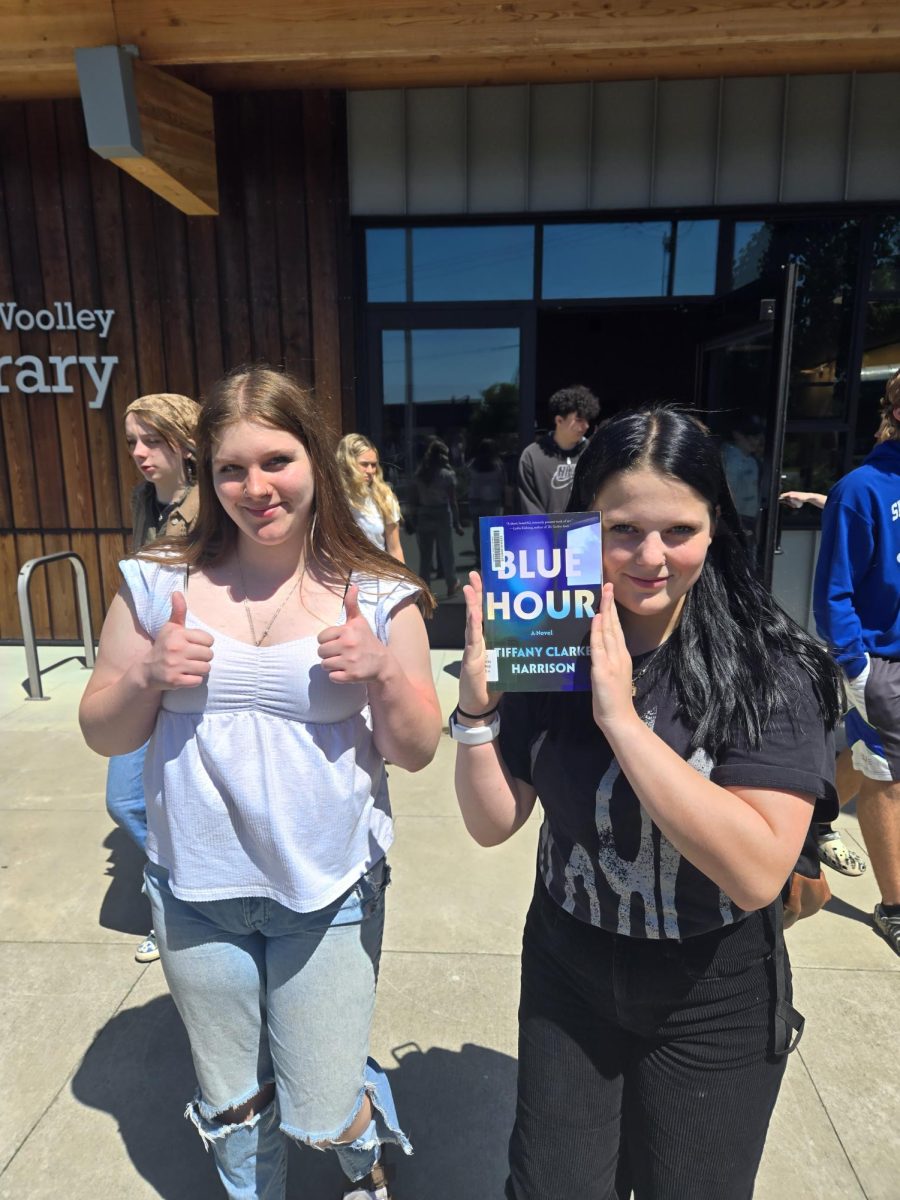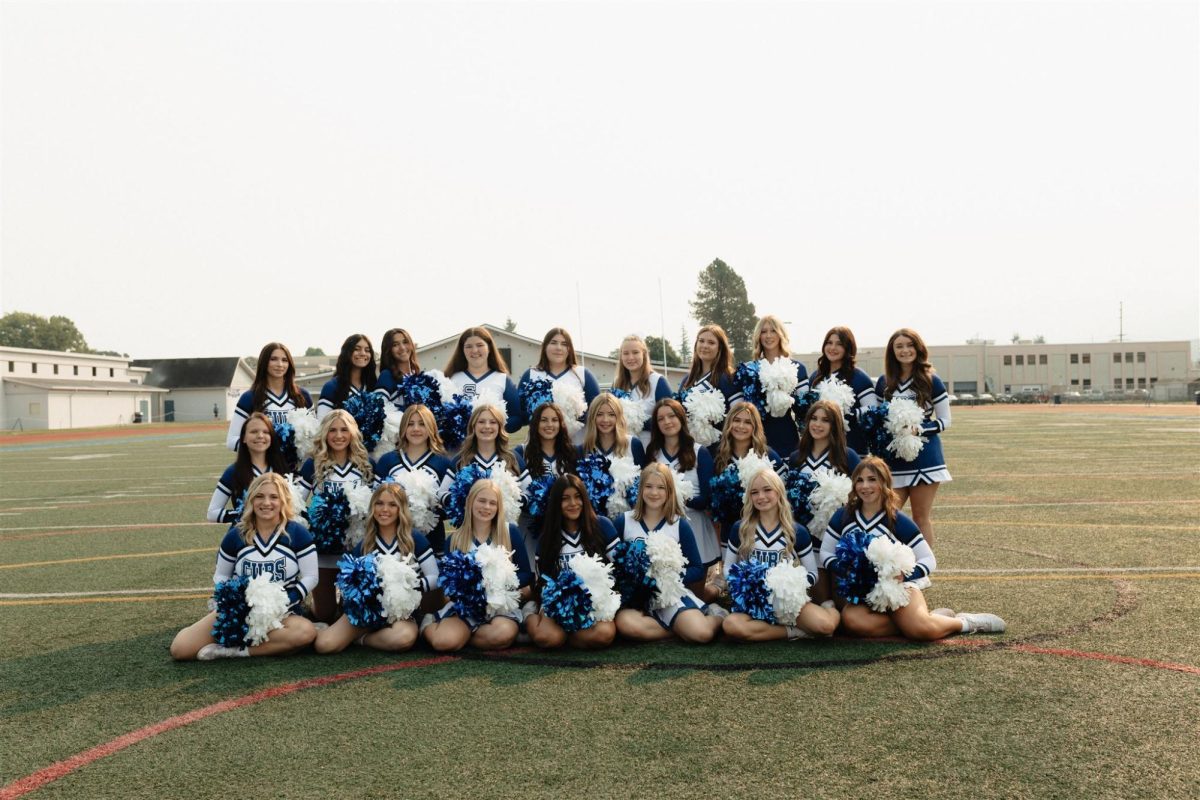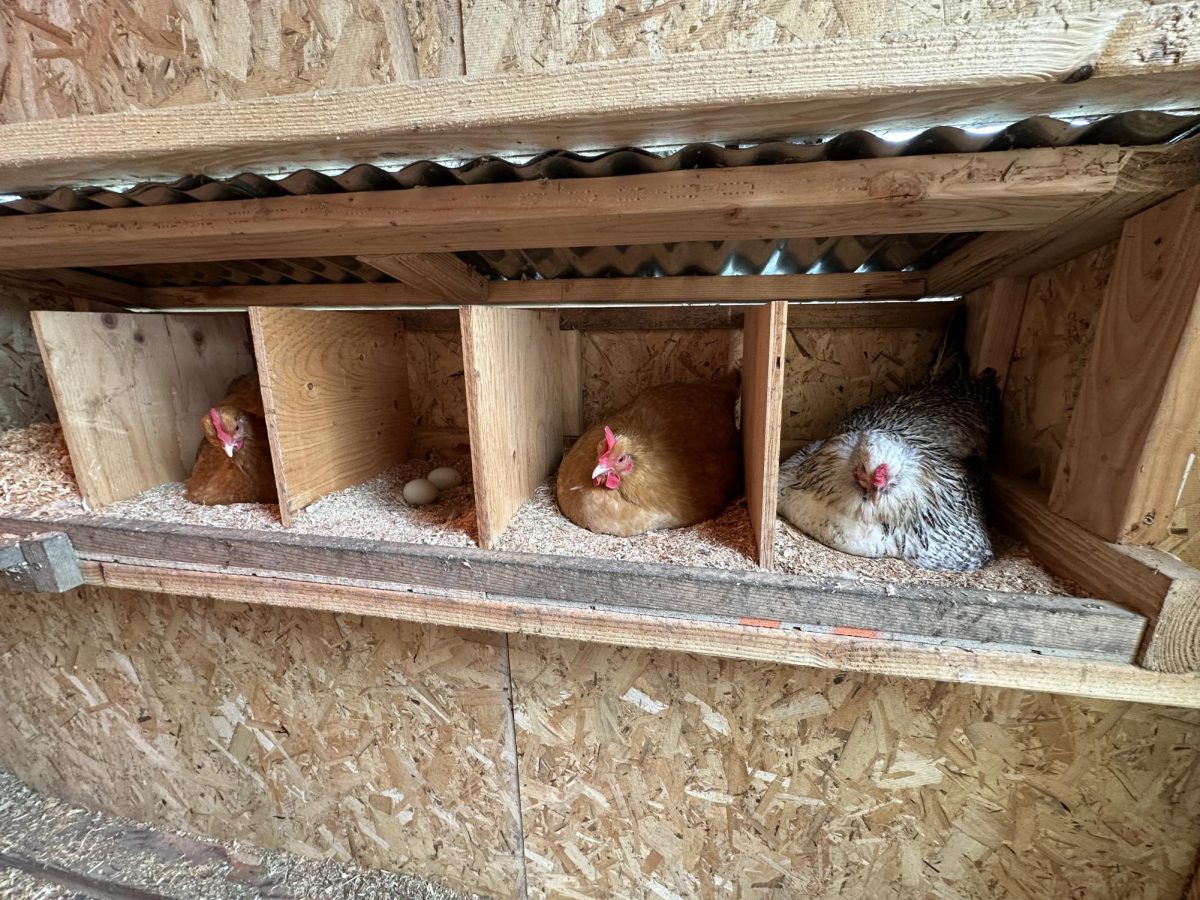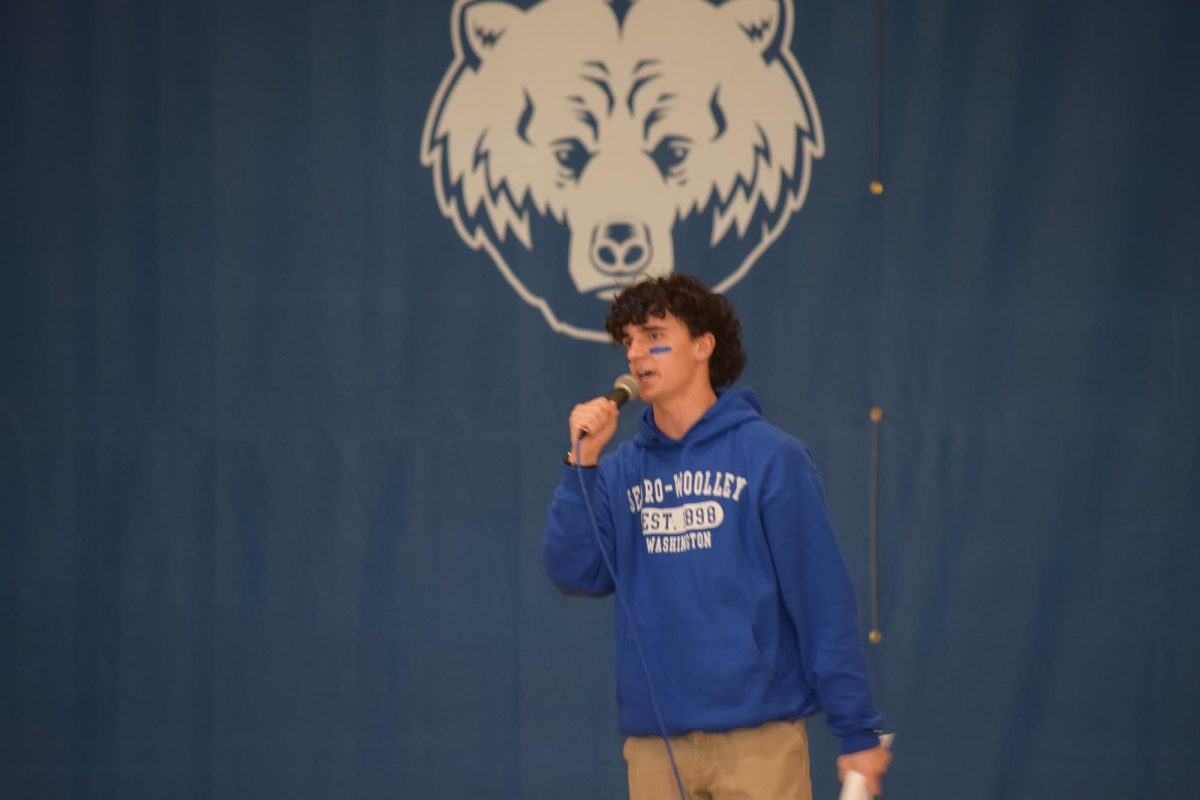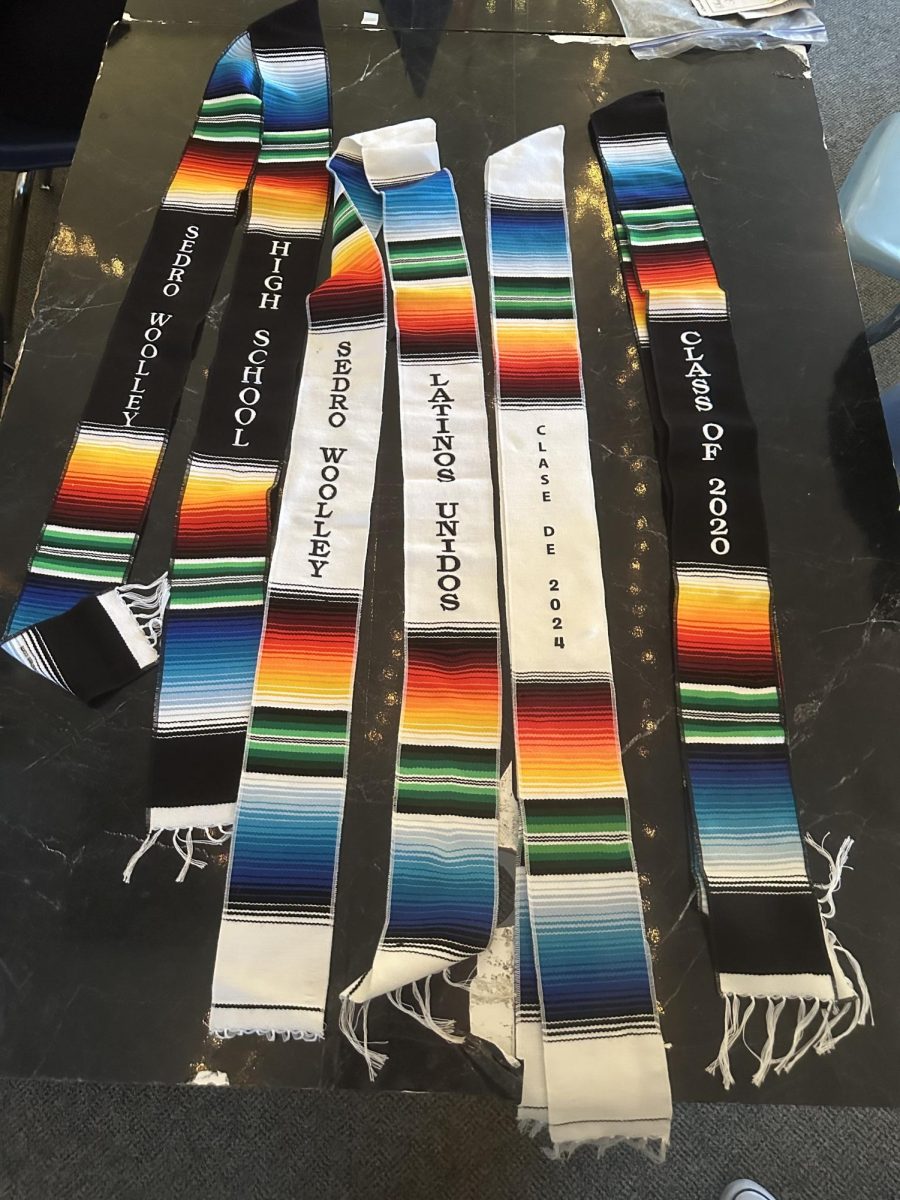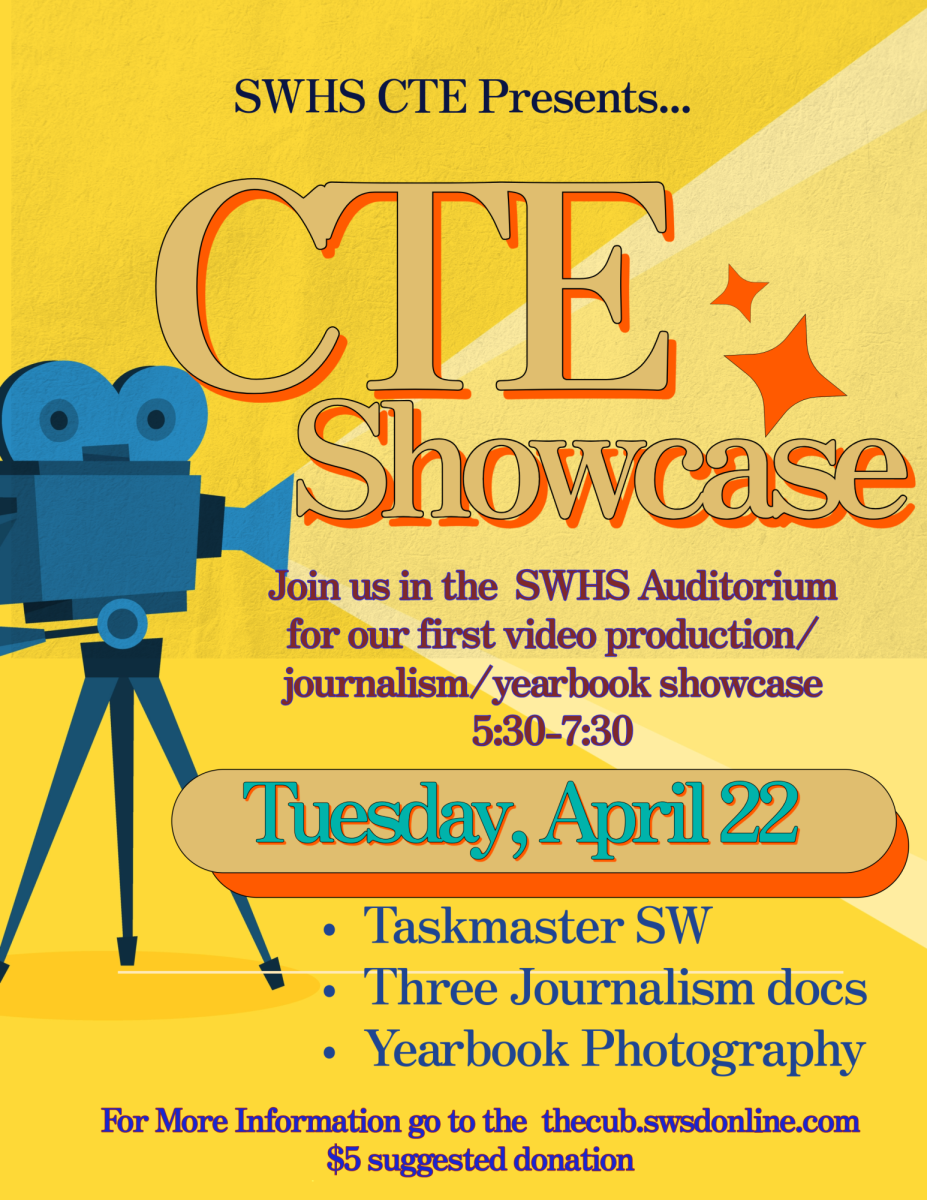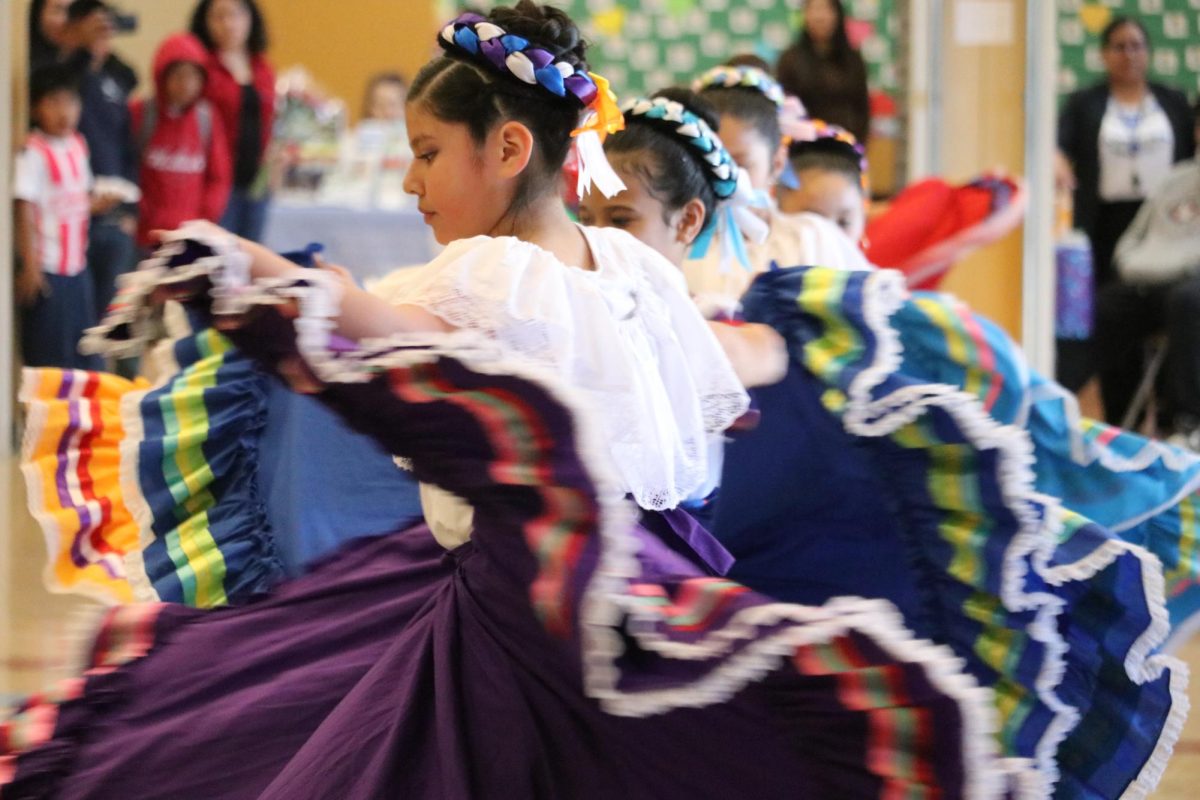The auditorium fell silent, and every student sitting in the top left corner suddenly focused, lifting their heads and shifting to get a better view of the stage. I was tapped on the shoulder and pointed to look at Rachael Rodriguez, the Sedro-Woolley High School Latinos in Action instructor, mouthing, “Ale’s going to perform!”
On stage, Alexia “Ale” Ceja began a folkloric performance of “La Bruja.” She performed a slow, methodical routine, the top layer of her Jalisco dress lifted at arm’s length, the white skirt reminiscent of wings yet ghost-like. She stepped forward, then back, repeatedly with a hypnotic swish of fabric. Once the performance ended, the audience—the hundreds of students attending the Western Washington University Latinos in Action conference—erupted into cheers and whistles.
It was the first LIA conference Sedro-Woolley High School had been able to participate in actively, and despite being in front of a larger audience than she was used to, Ceja felt at ease. She had already performed this dance at Sedro-Woolley’s Martin Luther King Day assembly to a significantly more intimidating group: the student body. Latinos are Sedro-Woolley’s second-largest demographic, at 21.1% Latine and 70.4% white, and Ceja has made it her duty to represent them.
“At the conference, there’s a ton of people united for the same thing: we’re all there to empower Latino culture,” said Ceja. “At the assembly, I was nervous because I knew I would get opinions from people I had to see again, and there’s always those who don’t understand or might not have expected it.”
Ceja consistently represents her culture to the student body, spotlighting Mexican and Chicano traditions whenever possible, whether through folkloric dances or winning a singing contest with lyrics the judges couldn’t understand.
“It ties back to when I was younger,” said Ceja. Like many Latino students, she struggled with the language barriers of attending a majority caucasian school. “It was hard for me to understand that my culture isn’t represented in these areas, so when freshman year came around, I ran for vice president.” Once she got the position, Ceja put her energy toward making the school’s environment representative of the hundreds of Latin students that constitute it.
However, not every student finds inspiration in their struggle; If you struggle long enough, success is no longer asked of you. It’s easier for Latino students to fall through the cracks of the school system, and that is something School Counseling Intern Enrique Cisneros has been trying to fight since his high school career. Having a history in Chicano activism, Cisneros sees classes and clubs like LIA or Latinos Unidos as an important step forward in the success of Latino students.
“Latinos need that guidance and support,” said Cisneros. “It’s difficult to navigate systems that weren’t created for Latinos.”
Before implementing the LIA program, Sedro-Woolley High School had the Latinos Unidos club, which similarly sought to provide a community for Spanish-speaking students. They attended conferences and hosted events, but their effect was limited. “We’ve been to [LIA] conferences for the past 2 years, but we’ve never been able to participate or get scholarships and those types of opportunities until now,” said Ceja.
In only the first year of having Latinos in Action as an official class, the shift in students’ relationships with school have been palpable. Having been in the district for many years, being an LIA teacher has made it clear to Rodriguez how crucial the class has been in motivating students academically.
“They’ve created a family atmosphere here in my classroom and a safe zone,” said Rodriguez. “Building relationships with the other students is helping them to get out there and build relationships with their teachers. I think our district lacked that in a way; it was hard to break through barriers.”
Rodriguez herself knows the pressures and discomfort of putting herself out there and striving for success in an environment that is, by the nature of being different from what one is used to, indirectly oppressive.
“Growing up, I always had to prove a point, mainly to myself, but to others too, that I too can be educated or I too can succeed and achieve things,” said Rodriguez. “I feel like a lot of kids go through those emotions.”
However, even just the push toward success that the LIA class provides students is a resource that hadn’t existed before, and Rodriguez is here to ensure students make the most of it. Some students like Ino Medina credit the class for the confidence to engage with their community and for finding the motivation to put time and effort into academics.
“It’s opened me up a lot, last year I wasn’t involved in things; I was an awkward kid,” said Medina. “It’s lighting me up a lot more.”
Because of its focus on employability skills and leadership, Latinos in Action was implemented at Sedro-Woolley High School as a career and technical education (CTE) class. Once she became aware of LIA, CTE Director Maggie Bagwell jumped at the opportunity.
“The Latinos in Action class was a huge step as far as really putting our money where our mouth is, so to speak,” said Bagwell. “We always say, yes we’re inclusive and we want students to feel safe, comfortable and welcome, but simply saying that is different – even if you truly really want it. But now, LIA has provided the vessel for that to happen.”
Academic success is only part of the goal, though, as LIA is a gateway to diversifying the high school and making the culture reflective of its students as a community. Representation, although important, doesn’t always lead to interweaving cultures. Learning about others, though, is imperative to an inclusive environment. “I feel like people don’t want to come into our culture; some students feel out of place in our environment,” said Ceja. “It’s a mutual thing, though.”
The LIA class collaborated on putting together a multicultural night at the high school, where multiple Latin cultures were showcased with foods and dances. Students put their talents on display, including Medina, who, despite a quiet demeanor, performed songs on the guitar with fervor.
Bagwell feels that events like these are the perfect place to start bridging that social gap.
“Some people are standoffish and have this feeling of ‘I don’t know them, so it’s awkward,’ or ‘I don’t know why they do that,’ but if you approach from a place of curiosity, I mean, that opens a world,” said Bagwell.
With the growing political polarization in America, LIA reminds students to keep their roots close and have pride in their histories.
“I like to focus on the fact we come from such a prideful culture and our parents have worked hard – some of them have migrated here to work – some of them are struggling here and working in the fields,” said Rodriguez. “A big part of our culture is making our families proud of us, and what better way than to continue to be successful academically, to show that leadership and give back to our community.”
The Hispanic community has contributed so much to Skagit County, Cisneros says and looking back to your ancestry should be a source of strength. “You’re looking back, asking stories about your family with the purpose of becoming leaders,” said Cisneros.
At Sedro-Woolley High School, Latinos in Action is not just about chances for maturity and academic growth but also about teaching students the importance of looking inward and finding strength in each other and in themselves. It’s about harboring the confidence needed to put yourself out there, inspire change, engage in activism, and dance in front of a gym full of students who are seemingly nothing like you.
Because, in Hispanic cultures, community is strength. “[LIA] makes me feel at home,” said student Christopher Magana. “It just feels like family.”
So, it’s no surprise that when Ceja made her way off stage after her performance of “La Bruja”, the top left corner of the auditorium, labeled with a printed sign that read “Sedro-Woolley”, was still cheering.
